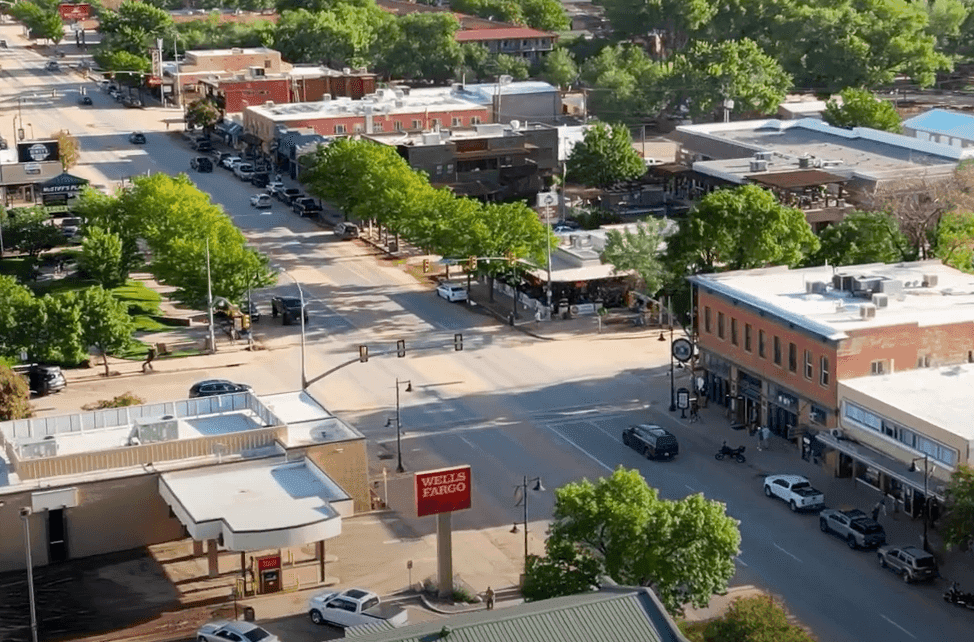
What is smart growth?
Smart growth is an approach to community design that connects housing, transportation, and land use to create healthy, prosperous, and resilient neighborhoods.

About us
Smart Growth America cultivates vibrant, sustainable communities with diverse living and transportation options, enhancing quality of life for all.

Our work
Smart Growth America cultivates vibrant, sustainable communities with diverse living and transportation options, enhancing quality of life for all.

Impact
Smart Growth America cultivates vibrant, sustainable communities with diverse living and transportation options, enhancing quality of life for all.

Events
Throughout the year, we host a number of in-person and virtual events covering topics related to public health, social equity, and climate resilience.


News
By Rachel Ellis, June 14, 2024
Long car trips don’t have to be a part of daily life for small towns and rural communities. Complete Streets are a vital tool for ensuring that rural residents of all ages can get where they need to go safely, efficiently, and affordably—without having to rely on a car. In our new video, created in partnership with AARP, we explain why a Complete Streets approach is needed and is achievable in rural communities to energize local economies and create more convenient transportation options.
Land use decisions that increase trip distance act as barriers to be able to conveniently get to work, school, and essential healthcare services. This can be especially true for rural communities. But it doesn’t have to be that way. Many diverse rural communities have been able to adapt and thrive to support economic and social growth and create new networks that allow folks to get where they need to go, while others have room to improve their overall quality of life. That’s why these communities, no matter their size and context, should consider investing in safe and convenient transportation options to get people of all ages where they need to go, and to reinvest in historic downtowns and main streets to stimulate economic activity.
Complete Streets is a strategy that creates safe, convenient, affordable transportation options to ensure people have access to their daily needs. Implementing Complete Streets tailored to specific characteristics like economies, demographics, and cultures within different rural communities can ensure residents of all ages and backgrounds thrive. Learn more about the benefits of Complete Streets in rural places and what they might look like in this video.
This video was developed with support from AARP. Any opinions, findings, conclusions, or recommendations expressed in this publication are those of the author(s) and do not necessarily reflect the views of AARP.
Related News
Upcoming public events: Join us!


Subscribe to our newsletter
© 2025 Smart Growth America. All rights reserved
Site By3Lane Marketing






